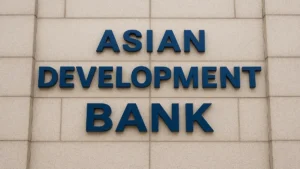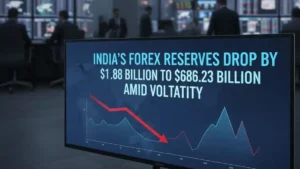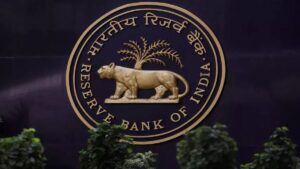The Reserve Bank of India (RBI) has announced a two-year extension of the Payments Infrastructure Development Fund (PIDF) scheme until December 31, 2025. This move is aimed at promoting digital transactions at the grassroots level and includes an expansion of beneficiaries under the scheme.
Expansion of Beneficiaries
- The PIDF scheme, operational since January 2021 for three years, initially focused on incentivizing the deployment of payment acceptance infrastructure in tier-3 to tier-6 centers, north-eastern states, and Union Territories of Jammu & Kashmir and Ladakh.
- In August 2021, beneficiaries of the PM SVANidhi Scheme in Tier-1 and 2 centers were included.
Incentivizing Digital Transactions
- The decision to broaden the scope of targeted beneficiaries, now including those under the PM Vishwakarma scheme, is expected to give a boost to the RBI’s efforts in promoting digital transactions at the grassroots level.
- This aligns with the evolving needs of the industry and supports financial inclusion.
Deployment Figures
- As of August 2023, the PIDF scheme has led to the deployment of over 2.66 crore new touch-points, including physical Point of Sale (PoS) systems and Quick Response (QR) codes.
- The central bank highlighted the success of the scheme in incentivizing the expansion of payment acceptance infrastructure.
Encouraging Emerging Modes
- Acknowledging industry feedback, the PIDF scheme will now encourage the deployment of emerging modes of payment acceptance.
- This includes technologies such as soundbox devices and Aadhaar-enabled biometric devices.
- The aim is to accelerate and augment the deployment of payment acceptance infrastructure in targeted geographies.
Industry Response
- Rajsri Rengan, India Head of Development, Banking and Payments at FIS, praised the RBI’s proactive approach in bolstering the digital payments ecosystem.
- The expansion of the PIDF scheme is seen as crucial support for artisans and craftspeople, providing them with end-to-end assistance.
Questions Related to Exams
Q: What is the recent decision made by the Reserve Bank of India (RBI) regarding the Payments Infrastructure Development Fund (PIDF) scheme? A: The RBI has extended the PIDF scheme by two years until December 31, 2025, with an expansion of beneficiaries to now include those under the PM Vishwakarma scheme.
Q: What was the initial focus of the PIDF scheme, and how has it evolved over time? A: Initially operationalized in January 2021 for three years, the PIDF scheme incentivized the deployment of payment acceptance infrastructure in tier-3 to tier-6 centers, north-eastern states, Jammu & Kashmir, and Ladakh. Later, in August 2021, beneficiaries of the PM SVANidhi Scheme in Tier-1 and 2 centers were included.
Q: How does the RBI plan to encourage the deployment of emerging modes of payment acceptance under the PIDF scheme?
A: In response to industry feedback, the PIDF scheme will now encourage the deployment of emerging modes such as soundbox devices and Aadhaar-enabled biometric devices, aiming to accelerate and augment the deployment of payment acceptance infrastructure.




 ADB Raises India’s Growth Forecast to 7....
ADB Raises India’s Growth Forecast to 7....
 India’s Forex Reserves Drop by $1.88 Bil...
India’s Forex Reserves Drop by $1.88 Bil...
 RBI Raises India’s FY26 GDP Growth Forec...
RBI Raises India’s FY26 GDP Growth Forec...







